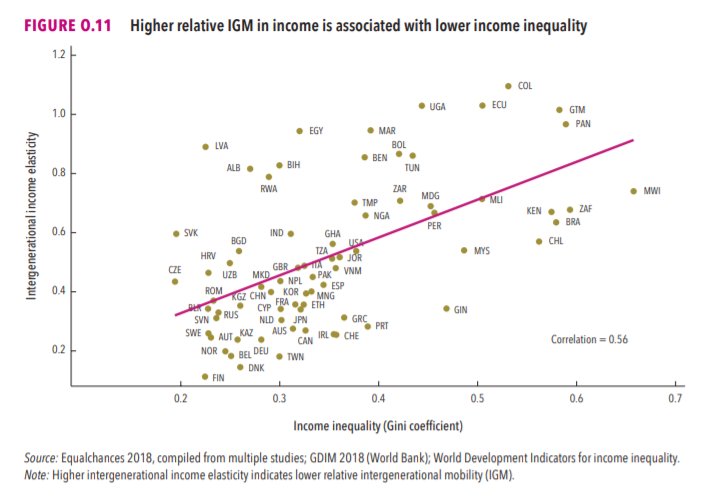At the heart of every monetary system is an act of alchemy.
Let us start by describing this act: the act of monetary creation.
At the center of alchemy lies the Philosopher's Stone - the prime reagent for money creation.
For a long time this was gold.
2/
For if you had gold, you could lend against it.
From the Philosopher's stone of gold, we could spawn two things:
1. Circulating money
2. Debt
Money and debt are twins, both born of the philosopher's stone and their fates forever linked.
3/
For you see, there are rules which govern alchemy.
An alchemist is only allowed to create a certain amount of money for each philosopher's stone.
And the Debt was greater than the Money (due to interest), making the system inherently deflationary.
4/
And this deflationary nature drove the people to want more money in circulation.
So the rules of alchemy were evolved to allow each stone to create more money (fractional reserve banking).
5/
Along the way, many things controlled the ebb and flow of money.
Discovering a cache of Philosopher's Stones (gold rush!), for example, was rather inflationary in the short term - as it allowed for multiplicative expansion of circulating money via alchemy.
6/
And still, the monetary system evolved.
Today, the system is incredibly modern: the Philosopher's Stone is no longer a single object (though some still yearn for the simplicity of yore!).
Today, the Stone is many, many things.
Gold is one of them, but not the main one.
7/
US Treasuries are a big one. But so are other forms of "high quality" debt.
In fact, there is a whole array of things populating a roster which makes up the "Philosopher Stone Roster" - these items are weighted by their quality, governed by banking regulation.
8/
And these weightings periodically get adjusted and tuned as we continue to evolve the monetary system.
Many of the old ways persist - for example, the system is still inherently deflationary with debt and money being spawned as twins from the modern Philosopher's Stones.
9/
But one of the Stones is special: USTs
It has a unique property. For this Stone, in addition to being used as an alchemical debt/money spawning device, can do one more thing: it can be turned -- permanently, and irrevocably -- into circulating money with no "debt shadow."
10/
This is dicey business.
It's a devil's bargain - only suited to times of great need - but in those times, one may destroy a Philosopher's Stone and introduce its weight in cash into the economy directly.
When stones are idle (or "excess" due to not being used) it's tempting
11/
But why do this? Is the Stone not more powerfully additive in its original, multiplicatively potent state?
Yes, it is.
Unless there are no borrowers.
For debt requires willing participants, both the lender and the borrower, and sometimes that match cannot be made.
12/
But in times of crisis, circulating money may be needed (or perceived to be needed) and so the Alchemical Lords - in their infinite wisdom - sacrifice the stones and their future utility in order to meet the cash needs of today.
And this is QE.
13/
It feels inflationary, because of the influx of cash.
But it's removing alchemical potency from the system, which over time constricts alchemist's ability to create money from economic activity of lending and borrowing.
It's an anti-gold-rush.
14/
And the more of it we do, the less potent our monetary creating abilities.
Velocity falls.
And we become Japan: a nation pushing on strings, to no avail.
/15






